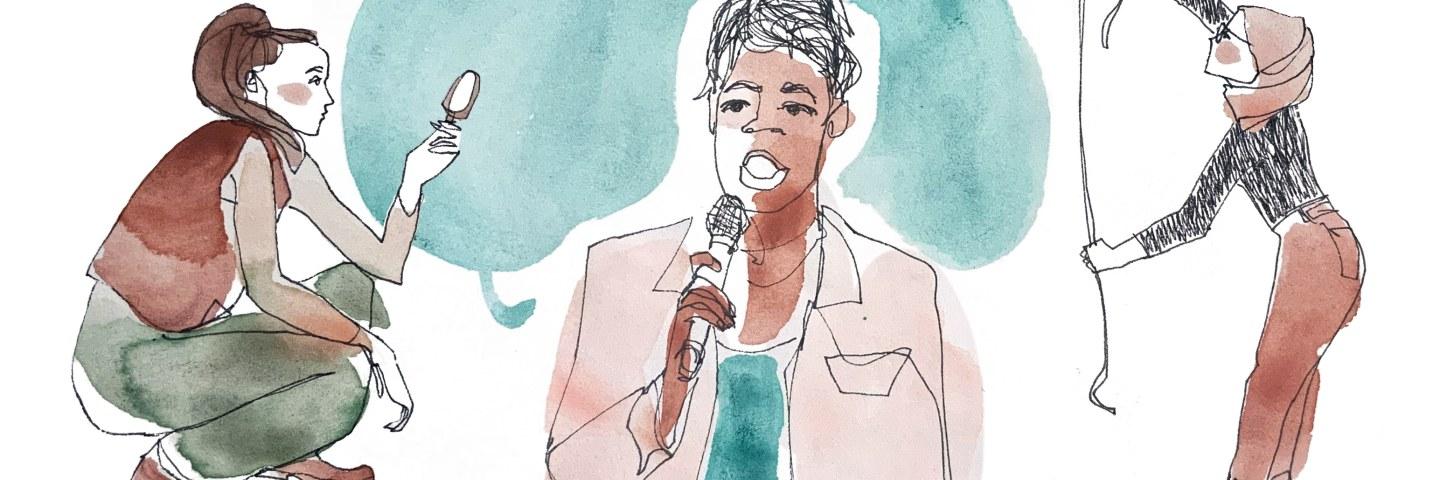What does the often-used description ‘diverse journalism’ mean? How do Finnish media and journalists understand the concept? Can diversity in journalism be measured and how does such measurement help to improve journalism?
This dissertation research includes a set of research activities starting from 1) a theoretical and practical framework for the concept of diversity in journalism, 2) a project that aims to develop a data analytics tool utilizing natural language processing methods and 3) ending up testing the News Source Diversity Meter in different newsrooms and exploring the challenges and opportunities of diverse journalism together with journalists.
A part of the research is carried out in a separate project called the News Source Diversity Meter.
Background
In a society which is getting more pluralistic on the one hand, and more polarized on the other, there is an increasing need for journalism that supports social dialogue and bridge-building. In turn, there is less need for such journalism that strengthens many confrontations and conflicts of societies. In recent years, this statement has been argued especially under the headings of constructive journalism and in Finland also conciliatory journalism. More diverse journalism is one of the tools that researchers propose in the toolkit of journalists for improving the quality of journalism.
Media companies, news agencies, and editors are keen to say that they engage in “diverse journalism”. Diversity seems to be taken for granted as one of the criteria and ideals of high-quality news reporting. The need to improve diversity in journalism is linked to decreasing trust towards journalism - a challenge that journalism seeks to meet by emphasizing responsible journalism.
When public discourse elsewhere in the media becomes polarised and begins to resemble an echo chamber, journalism can offer a powerful counterweight in the form of diverse but structured public debate. Investing in the diversity of journalism can enhance trust among various audiences in the accountability of journalism and the fact that journalism remains a significant platform for mutual public discourse. When people and communities feel that their voices are heard in the media and that their perspectives and concerns are heard and fairly addressed in public debate, the sense of inclusion in society may increase.
If journalism wants to fulfill such tasks, more structured knowledge is needed about the concept of diversity in journalism as well as means to measure and evaluate the quantity and quality of diversity in journalism.
Goal
The goals of this research are
- to construct a theoretical and practical framework for the concept of diversity in journalism in Finnish media field.
- to develop a data analytics tool, the News Source Diversity Meter, utilizing natural language processing methods to measure the source diversity in journalism.
Developed in a practical environment, the News Source Diversity Meter is a unique measurement and analysis service that answers questions about diversity that media companies have identified themselves but also guides journalists towards new questions and broader considerations of the quality of journalism. T
his dissertation research is linked to both journalism and computer science, which are the strong expertise areas of the Faculty of Information Technology and Communications Sciences at Tampere University. The results of the dissertation benefit not only both fields of research, but also the media field, which is increasingly challenged by pluralism and polarization of the society and various issues of diversity.

